Prior to attending the 2016 SHOT Show, I had never even heard of the brand Steel Will, let alone seen any of their knives. I just happened to be walking down one of the lower level isles when one of their representatives stopped me to compliment my blade-themed shirt from Ace of Blades Apparel (Check out their website for some awesome themed clothing!). As she drew my attention to the Steel Will brand of knives, I was immediately impressed with much of what I saw.
Sport Manufacturing Group, Inc. began producing knives under the Steel Will brand in 2014. Their knives are categorized into three lines: the Outdoor Series, the Tactical Series, and the Urban Series. As one might safely deduce, the Outdoor Series encompasses Steel Will’s group of knives that are geared toward outdoorsman for hunting, fishing, climbing, hiking, camping, etc.; and the Tactical Series includes those knives that are designed more for combative use.
What might confuse some is their inclusion of the Urban Series. This series of knives includes some of what Steel Will refers to as “convenient, compact knives with an impeccably thoughtful and modern design.” The Cager 1420 is one of those knives from Steel Will’s Urban Series.
The Cager 1420 is a 9.06”-long, full-tang knife constructed from D2 tool steel. The 0.16”-thick, tanto style blade measures 4.33” long and has a satin finish. The knife weighs in at 7.34 ounces, making it hefty for its size, but not heavy.
The more I use knives made from D2 the more I like this particular steel. It is incredibly hard steel and holds an edge extremely well. I mounted a section of 2×4 into a vise and drove the tip of the Cager roughly half an inch into the board and levered it out, a test that has bent or broken the tip of many knives that I have torture tested. I repeated this test five more times. Then I used a mallet to drive the blade all the way through the board. The blade and edge showed no signs of deformity after both tests, and the well-honed blade sliced cleanly through a water bottle afterwards.
One thing about D2 steel is that it can be very difficult to sharpen due to its hardness. It is not really a steel that I would recommend for a survival knife, where field sharpening is frequently a necessity; however, I highly recommend it for a defensive knife such as this one, where edge maintenance is typically done in a controlled environment. A good diamond sharpening system like the Wicked Edge™ makes sharpening D2 quite manageable when it actually becomes necessary.
The Cager has screwed-on black G10 handle scales that are well fitted to the tang. The metal stock of the tang and the scales have an almost seamless junction everywhere except on the top side where the very aggressive jimping is located near the pommel. It is obvious that this is done intentionally so that the user can get the most purchase on the jimping. The edges are a bit sharp where the metal is exposed at the lanyard hole and could stand to be rounded off a little (I have found this to be a common flaw with other Steel Will knives as well).
The handle shape is well thought out and the knife is very comfortable in the hand. The top rear portion of the handle has a subtle angle change that fills the palm nicely. The portion of the handle around the finger groove swoops in to create a nice fit for the thumb and index finger when using a full grip. There is also another small section of jimping on the thumb ramp to aid with control during thumb-supported cutting.
The Cager is well balanced with the balance point being right at the center of the finger groove. One of the things I look for in a tactical or fighting knife is grip versatility. I want to be able to use a fighting knife in either a forward and reverse grip with the edge facing either direction. This knife fits exceptionally well in all of those grip configurations except for the edge inward reverse grip; however, it is still functional in that grip. It just doesn’t mold to the hand in that configuration the way it does with the others.
The Cager comes with a molded Kydex sheath with a removable MOLLE-compatible belt loop attachment. The nylon belt loop attachment has a double-snap retention band for extra security. The Kydex sheath alone has a good amount of retention, so using the sheath without the belt loop attachment does not pose a problem.
Since the Cager is part of the Urban Series and marketed as an EDC knife suitable for the urban jungle, I am disappointed that more thought did not go into the sheath system when it comes to carry options. While the belt loop attachment is fine for field carry, something more concealable such as an IWB (inside the waistband) would be more suited for the target environment. Even a Tek-Lok attachment for a horizontal belt carry would have been a better option for urban carry.
To my surprise, the Cager 1420 has actually become one of my favorite knives. The combination of knife’s full-tang D2 construction, blade design, balance, and handle ergonomics has made the Cager 1420 a knife that I just have a hard time putting down. It just feels right.
The Cager 1420 retails for $89.99. More information about the Cager 1420 and other Steel Will Knives can be found on their website. Be sure to keep an eye out for my upcoming review on the Steel Will Censor 1320 here on Black Sheep Warrior!
Photo Credits: Chad McBroom

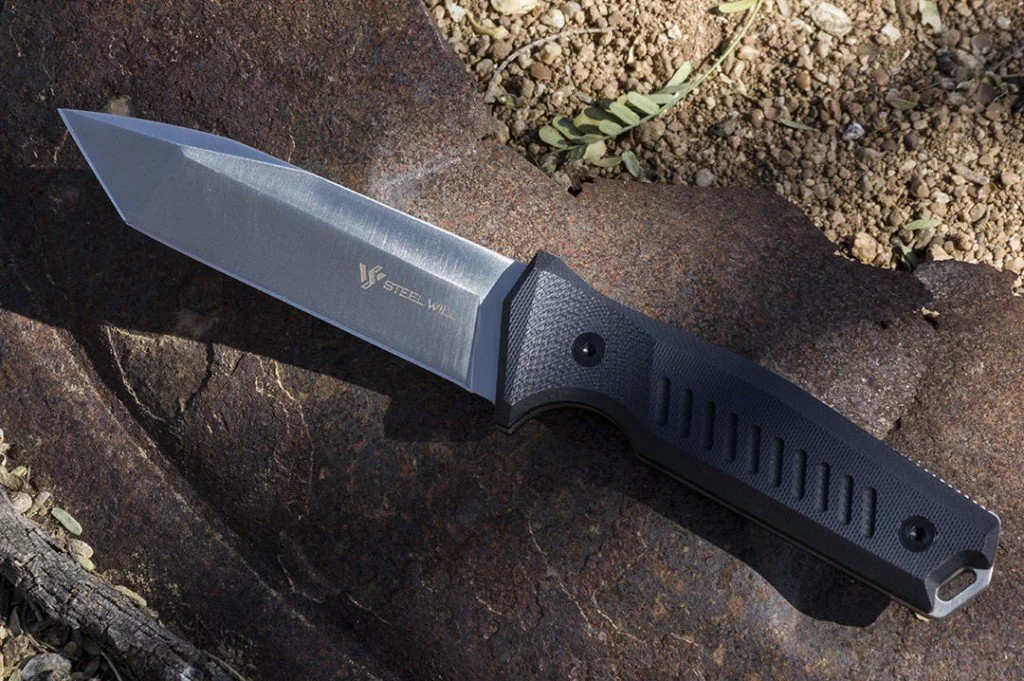
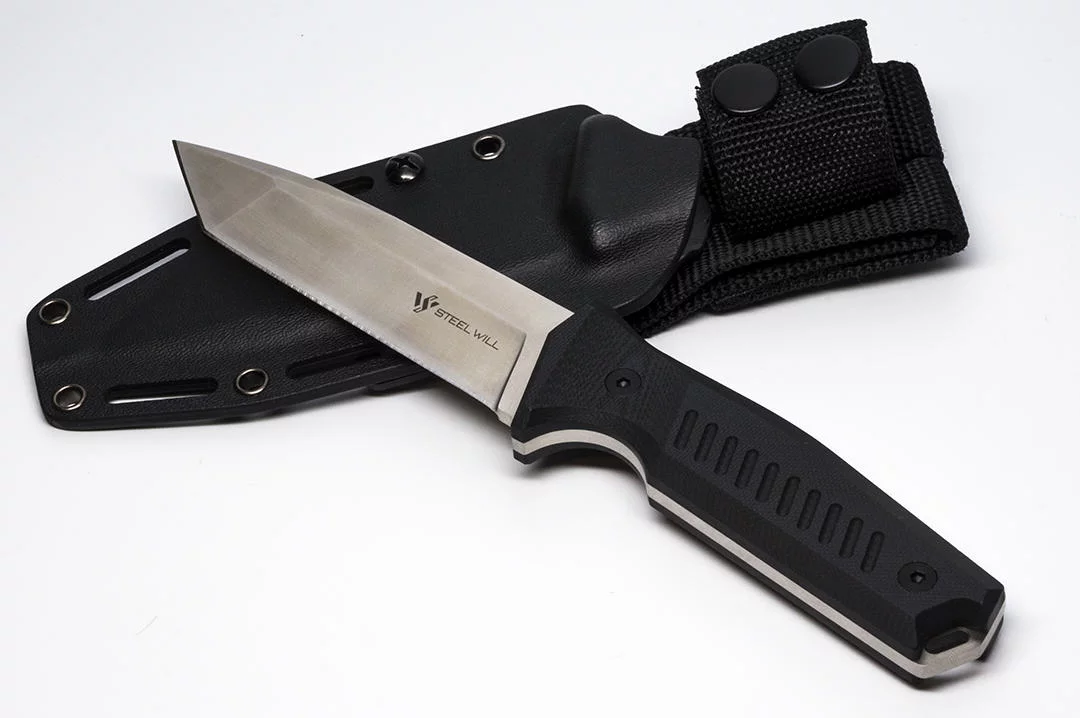
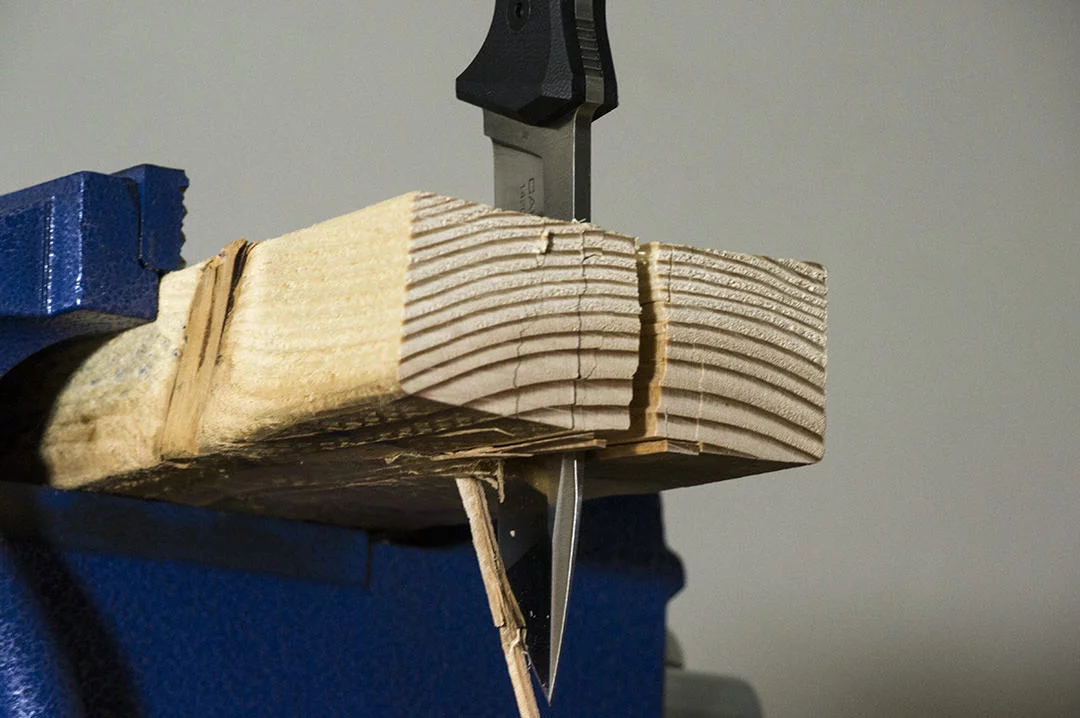


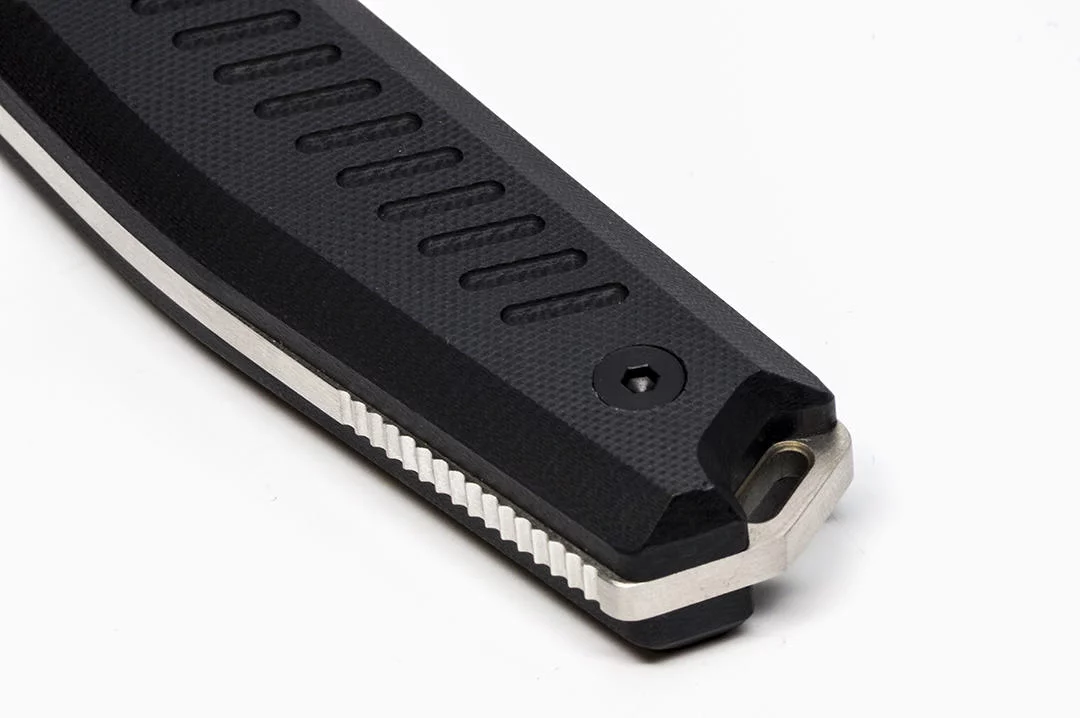
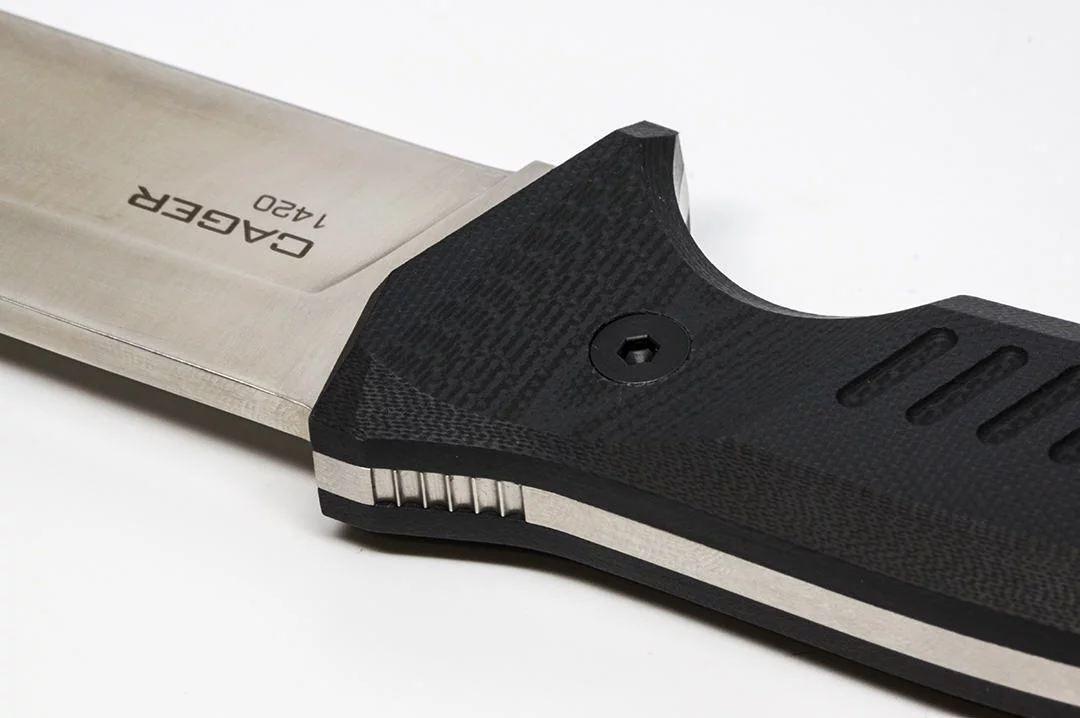
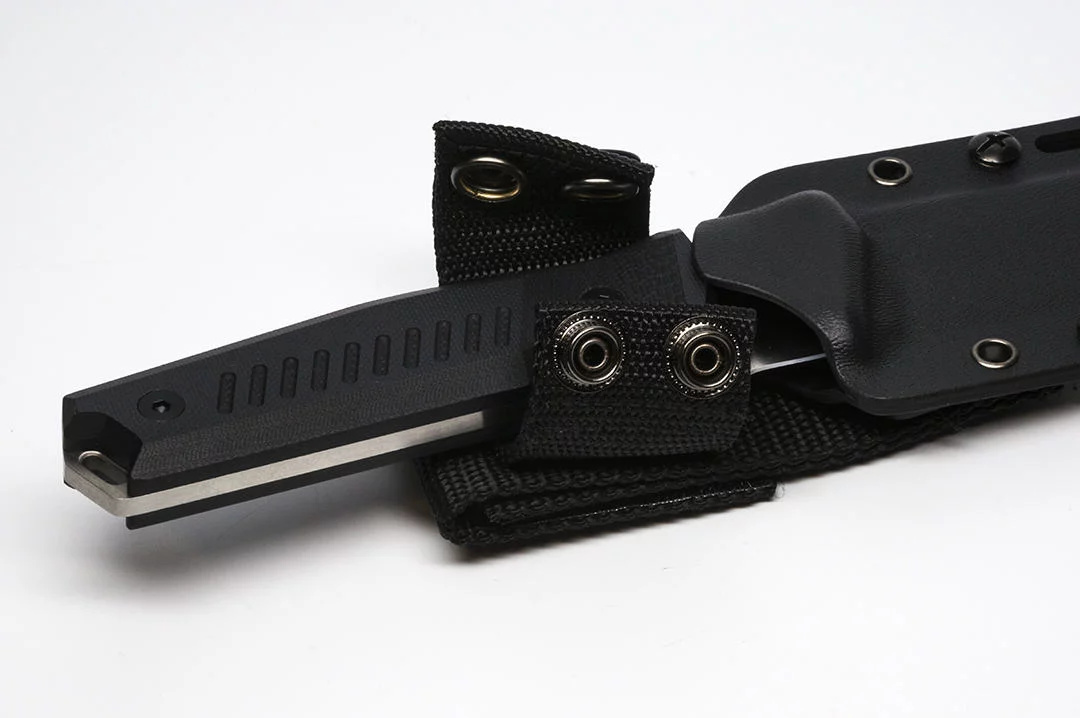

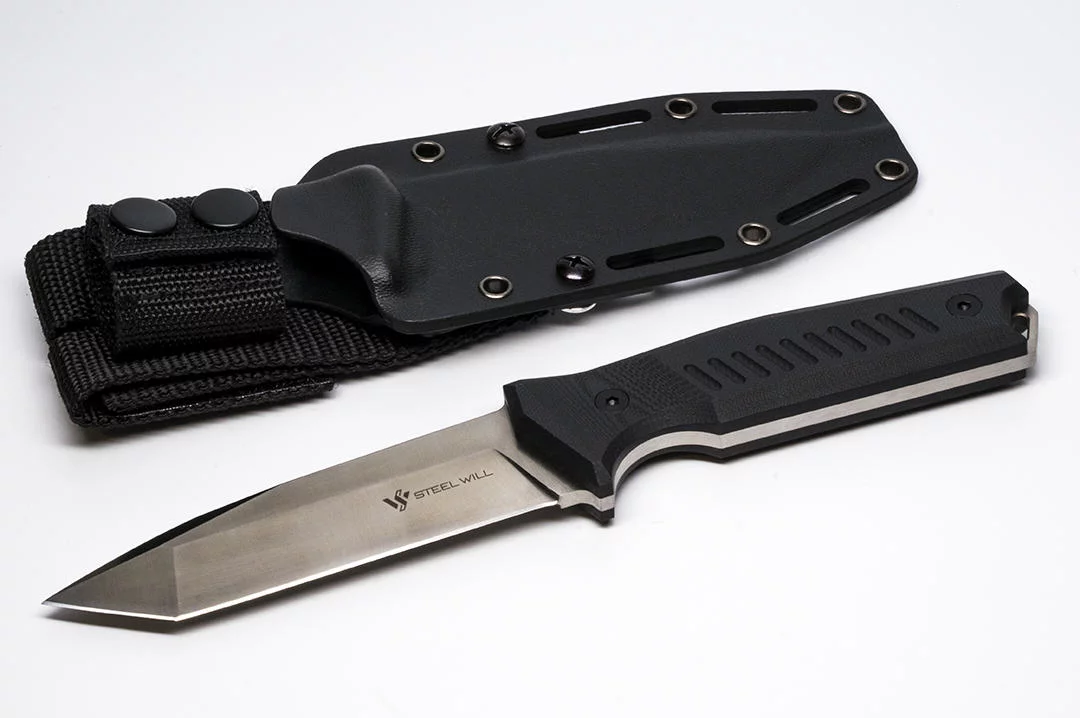
5